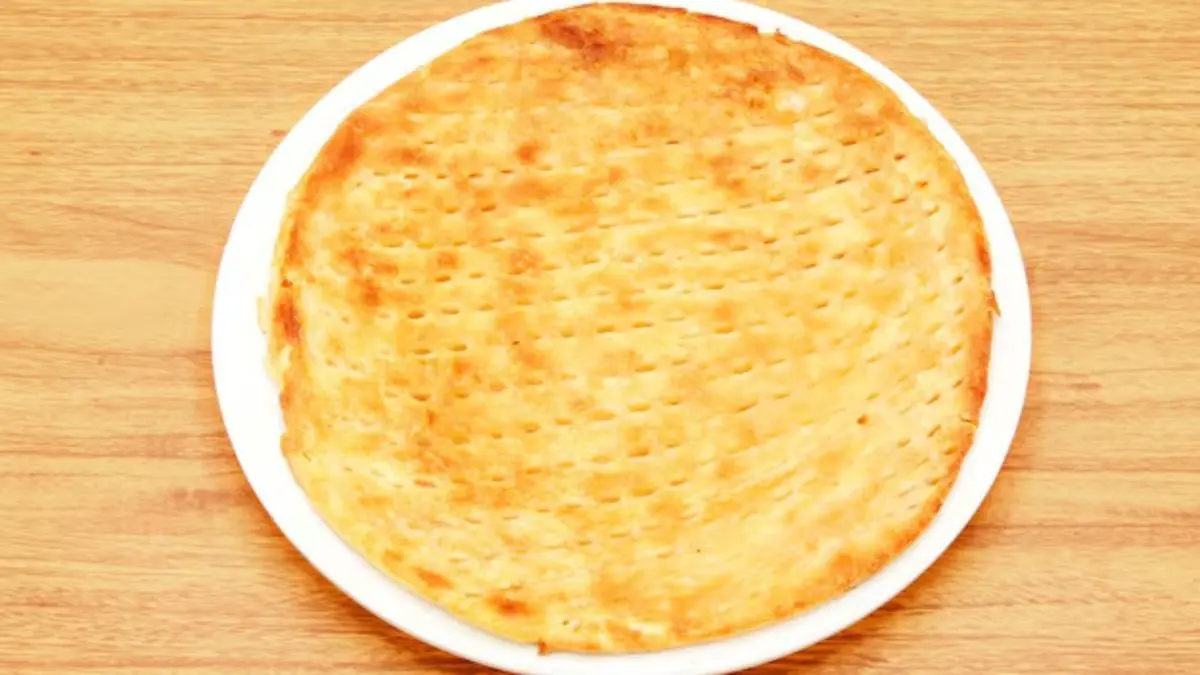Did you know that India has over 30 kinds of flatbreads? Yes! The number is that big or probably more. If you go exploring regional cuisines, you might come across some more interesting creations, leaving you speechless and questioning your knowledge. One such flatbread emerges from Lucknow and holds a prestigious spot as part of the Awadhi cuisine. It is Sheermal, a kind of flatbread with a royal history.
It did not emerge from a regular kitchen as a part of experiments. Its roots are believed to be buried deep inside the royal kitchens of the Nawabs of Lucknow and the Mughal Emperors. Sheermal is a combination of two Persian words – sheer refers to milk, and mal means to rub or massage. As the name suggests, the flatbread is created by kneading the dough using milk and a generous amount of sugar and saffron. It has a distinct colour and taste from the popular kinds, like paratha, roti, naan, and puri.
This Persian recipe is believed to have been brought to India by the Mughal
Did you know that India has over 30 kinds of flatbreads? Yes! The number is that big or probably more. If you go exploring regional cuisines, you might come across some more interesting creations, leaving you speechless and questioning your knowledge. One such flatbread emerges from Lucknow and holds a prestigious spot as part of the Awadhi cuisine. It is Sheermal, a kind of flatbread with a royal history.
It did not emerge from a regular kitchen as a part of experiments. Its roots are believed to be buried deep inside the royal kitchens of the Nawabs of Lucknow and the Mughal Emperors. Sheermal is a combination of two Persian words – sheer refers to milk, and mal means to rub or massage. As the name suggests, the flatbread is created by kneading the dough using milk and a generous amount of sugar and saffron. It has a distinct colour and taste from the popular kinds, like paratha, roti, naan, and puri.
This Persian recipe is believed to have been brought to India by the Mughals, but it found its home in Lucknow, where, over time, it has been refined. Much like many other dishes that have emerged from the royal kitchens of Nawabs, sheermal has also evolved, and now, it is a popular part of Awadhi-style fine dining and hospitality. The Lucknowi variant flaunts a golden-yellow hue because of the use of saffron, and it is cooked in a traditional tandoor made with clay, giving it a chewy texture and smokiness that makes it irresistible.
What was counted among the favourites of Nawabs and Mughal Emperors is now a part of the street food landscape of the capital of Uttar Pradesh. If you visit fine-dining spots in the city today, you will witness sheermal accompanying Awadhai kebabs and curries, especially the famous nihari (slow-cooked mutton gravy). Its sweetness complements the spices in the gravy and offers an unforgettable gastrointestinal experience.
The modern-day sheermal is made with all-purpose flour (maida) and baked in electric ovens in some restaurants, but traditionally, the kneading process used to be elaborate and taxing to make the bread rise in the tandoor. If you visit any old restaurant in the city, you can still savour the OG sheermal with your favourite curry, culminating in a historic combo on your plate.


